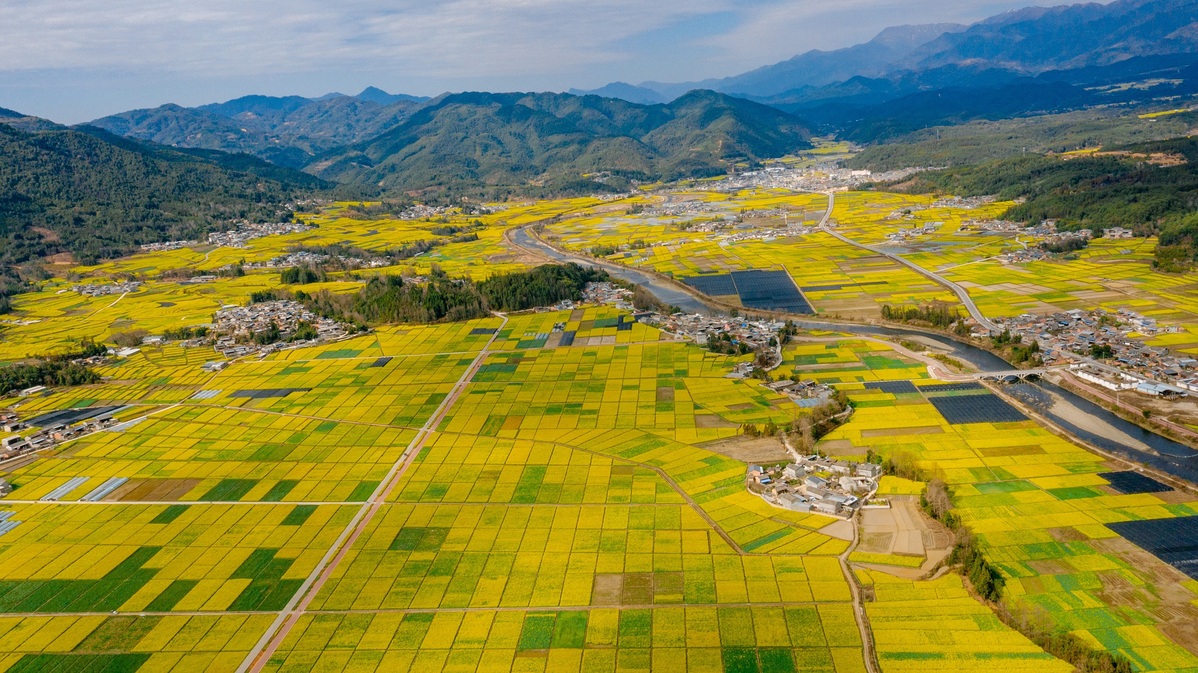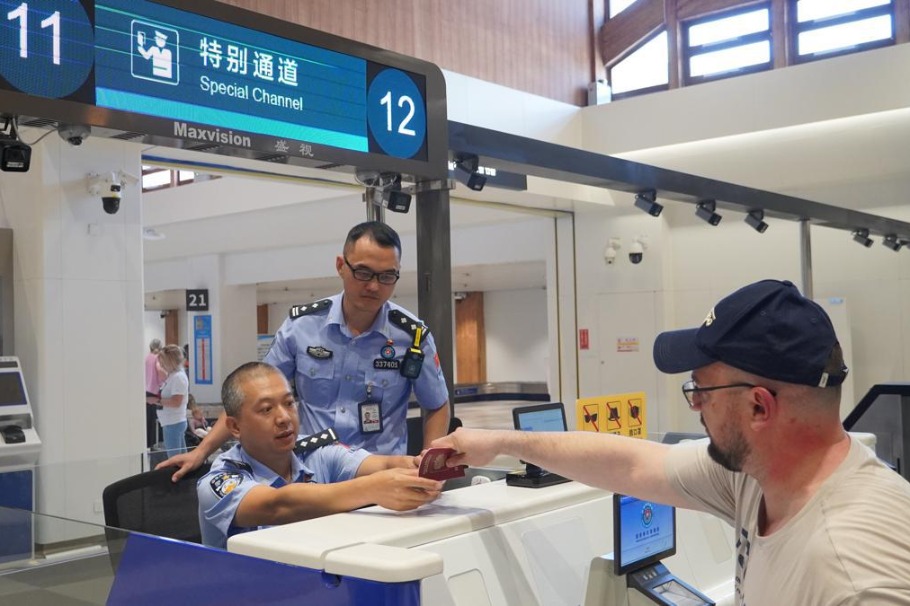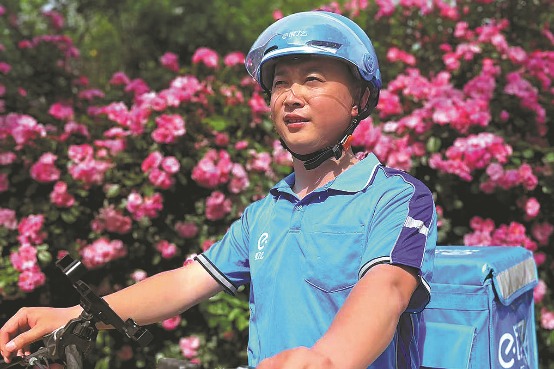Frontier areas see decade of transformation


To support such development, the National Ethnic Affairs Commission, the National Development and Reform Commission and the Ministry of Finance jointly introduced an action plan in 1999 to bring prosperity to border areas.
Boosting border development was first included in China's 11th Five-Year Plan (2006-10) and has remained in the three subsequent five-year plans.
"Socioeconomic development in border areas has entered a new phase since Xi highlighted the importance of governing the frontiers, and such work has been integrated with targeted poverty-alleviation projects," Lyu said.
"China can only further prosper when development in border areas is accelerated. Also, continuous efforts need to be made to improve people's lives in those areas after they have shaken off poverty, because they play a key role in border security," he said.
Wang Yao, another researcher at the CASS' Institute of Chinese Borderland Studies, said transportation infrastructure is key to supporting the development of border areas.
"Border areas have the natural advantages of opening-up to neighboring countries and taking part in the Belt and Road Initiative. More roads, railways and airports need to be constructed to solve the problem of poor connectivity," she said.
In addition, construction of infrastructure, such as the 5G network, in certain border areas should be stepped up to support the development of border industrial parks and free-trade centers, she added.
As many border areas in China are also home to people from different ethnic groups, such as Tibetan, Mongolian, Uygur and Tajik, promoting ethnic unity there is particularly important, Lyu said.
During an inspection tour in Inner Mongolia in July 2019, Xi stressed ethnic unity in the region, and called for efforts to ensure that people of all ethnic groups make joint efforts in safeguarding the country's border and creating better lives.
Wubulikasmu Memeturson, head of Awat county in the Xinjiang Uygur autonomous region, said safeguarding national sovereignty will come naturally when people from different ethnic groups feel that they are all proud members of the Chinese nation.
"Also, it will then be difficult for separatist and extremist forces to brainwash people," he said.
Bordering eight countries, Xinjiang has always been the target of overseas separatist and extremist forces, he added.
In a letter in 2017 to Zhoigar and Yangzom-two sisters living in the border area of Tibet's Yumai township, which sits at the southern foot of the Himalayas, Xi praised the family's efforts in safeguarding national territory for two consecutive generations, and thanked those who made contributions to safeguarding and strengthening the country's borders.
The two sisters and their father were once the only residents of the township, Zhoigar said. Influenced by their father, the sisters firmly believe that protecting the land beneath their feet is to protect the country.
Now, the once three-person township is home to over 200 people and oversees two villages. Living conditions and infrastructure have also improved. In 2021, the per capita annual income of the township reached about 40,000 yuan ($4,980), with a new kindergarten and a primary school built for local children.
"After graduation from university, my eldest daughter has returned to Yumai to help the township achieve rural vitalization," Zhoigar said. "I'm so glad to see that more and more young people are returning home to border areas to pursue their careers."
- Two gynecologists punished for research misconduct
- Chinese scholars publish biologics guideline in international journal
- Beijing to host world humanoid robot games
- Smart planting pod brings farm to urban homes
- Young artisan transforms Miao embroidery into modern fashion accessories
- Xi's speech marking 100th anniversary of trade union federation published





































